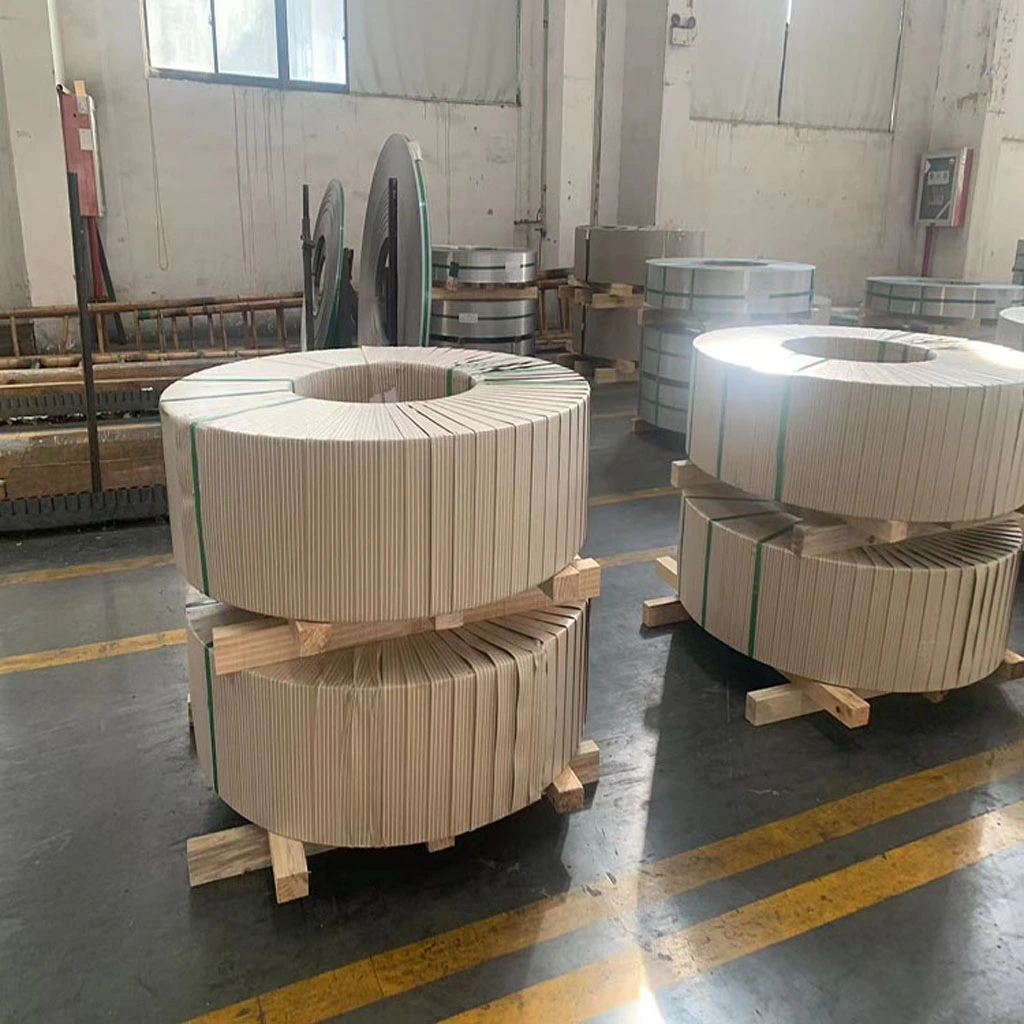What is 430F stainless steel?
2023-06-30
What is 430F stainless steel?
430F stainless steel is a type of ferritic stainless steel alloy that contains a higher sulfur content compared to standard 430 stainless steel. The addition of sulfur enhances its machinability, making it easier to form and fabricate into various shapes. 430F stainless steel is often used in applications requiring good corrosion resistance and moderate strength, such as components for appliances, kitchen utensils, fasteners, and valves. While it offers improved machinability, it may have slightly reduced corrosion resistance compared to other stainless steel grades.
Chemical composition of 430F stainless steel
The chemical composition of 430F stainless steel is as follows:
Carbon (C): 0.12% maximum
Silicon (Si): 1.00% maximum
Manganese (Mn): 1.00% maximum
Phosphorus (P): 0.06% maximum
Sulfur (S): 0.15% minimum, 0.35% maximum
Chromium (Cr): 16.00% – 18.00%
Iron (Fe): Balance
430F stainless steel is a free-machining version of the 430 grade stainless steel, which means it is designed to be easily machined and formed into various components. The addition of sulfur in the composition enhances its machinability but may slightly reduce its corrosion resistance compared to the standard 430 stainless steel.
What are the mechanical properties of 430F stainless steel?
The mechanical properties of 430F stainless steel can vary depending on factors such as heat treatment, manufacturing processes, and specific product forms. Here are the typical mechanical properties for annealed (softened) condition:
Tensile Strength: 450-600 MPa (65,000-87,000 psi)
Yield Strength: 275-380 MPa (40,000-55,000 psi)
Elongation: 25-30%
Hardness: 180-240 Brinell (HB)
It’s important to note that these values are approximate and can vary depending on the specific product form (e.g., bar, sheet, wire) and heat treatment applied.
What are the physical properties of 430F stainless steel?
The physical properties of 430F stainless steel are generally similar to other stainless steel grades. Here are the typical physical properties:
Density: 7.7 g/cm³ (0.28 lb/in³)
Melting Point: 1425-1510°C (2597-2750°F)
Thermal Expansion: 10.4-11.0 x 10⁻⁶/°C (at 20-100°C)
Thermal Conductivity: 23.9-26.3 W/m·K (at 100°C)
Electrical Resistivity: 59-69 μΩ·cm (at 20°C)
What are the characteristics of 430F stainless steel?
430F stainless steel possesses several characteristics that make it suitable for specific applications. Here are some key characteristics of 430F stainless steel:
Corrosion Resistance: 430F stainless steel offers good resistance to corrosion in mild atmospheric environments, as well as in many organic and moderately acidic environments. However, it may not provide the same level of corrosion resistance as some other stainless steel grades, particularly in highly corrosive or chloride-rich environments.
Machinability: 430F stainless steel is a free-machining grade, thanks to the addition of sulfur to its composition. The sulfur acts as a lubricant during machining, enhancing the chip formation and reducing tool wear. This makes 430F stainless steel easier to machine compared to non-free-machining stainless steel grades.
Formability: It exhibits moderate formability, allowing it to be easily formed into various shapes using common fabrication techniques, such as bending, drawing, and spinning. However, it may require higher forming forces compared to some other stainless steel grades due to its higher sulfur content.
Magnetic Properties: 430F stainless steel is magnetic, which means it can be attracted to magnets. This characteristic can be advantageous in applications where magnetic properties are desired or required.
Weldability: While 430F stainless steel is generally considered weldable, it may be prone to sensitization and associated intergranular corrosion if exposed to high temperatures for extended periods during welding. Proper welding techniques, including the use of low heat input and post-weld annealing, can help mitigate these concerns.
Common Applications of 430F Stainless Steel
430F stainless steel finds common applications in various industries due to its combination of corrosion resistance, machinability, and moderate strength. It is often utilized in the production of fasteners, screws, bolts, and other components that require excellent machinability for efficient fabrication. The sulfur content in 430F stainless steel enhances its chip-breaking properties during machining, reducing tool wear and improving productivity. Its corrosion resistance makes it suitable for use in mildly corrosive environments, such as indoor architectural elements, kitchen utensils, and appliances. Additionally, the magnetic properties of 430F stainless steel enable its use in applications where magnetic characteristics are desired, such as magnetic chucks, electronic components, and automotive sensors.
